Ecommerce inventory management is one of the most important aspects of a successful online business. Suppose you don't manage your customer inventory. In that case, it can lead to many problems, including sales, frustrations, and even legal ones.
That's why we've unearthed the complete guide to ecommerce inventory management. We'll cover everything you need to know, from the basics of inventory management to more advanced topics like using artificial intelligence to optimize the efficiency of your operations.
By the end of this guide, you will have a solid understanding of managing your inventory and effectively gaining benefits for your business. Let's start!
In this article:
Inventory Management Definition
Inventory management (IM) is tracking and managing the inventory of goods or materials used in a business. It includes ordering, receiving, storing, and shipping inventory.
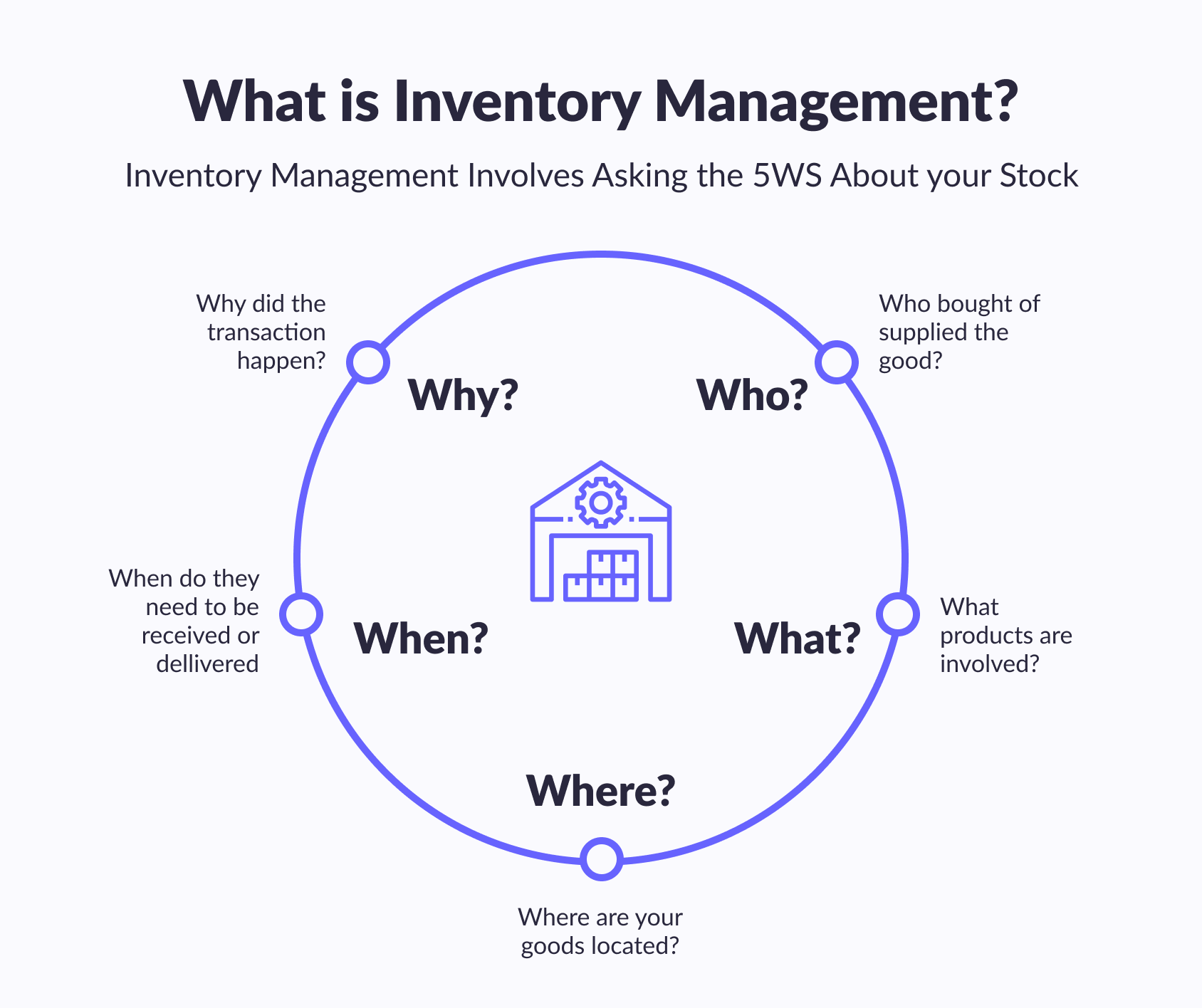
IM is an integral part of any physical product business but is especially important for e-commerce businesses. This is because online companies have to manage inventory across multiple channels (e.g., on their website, Amazon, eBay, etc.) and often have to deal with different SKUs (Stocking Units).
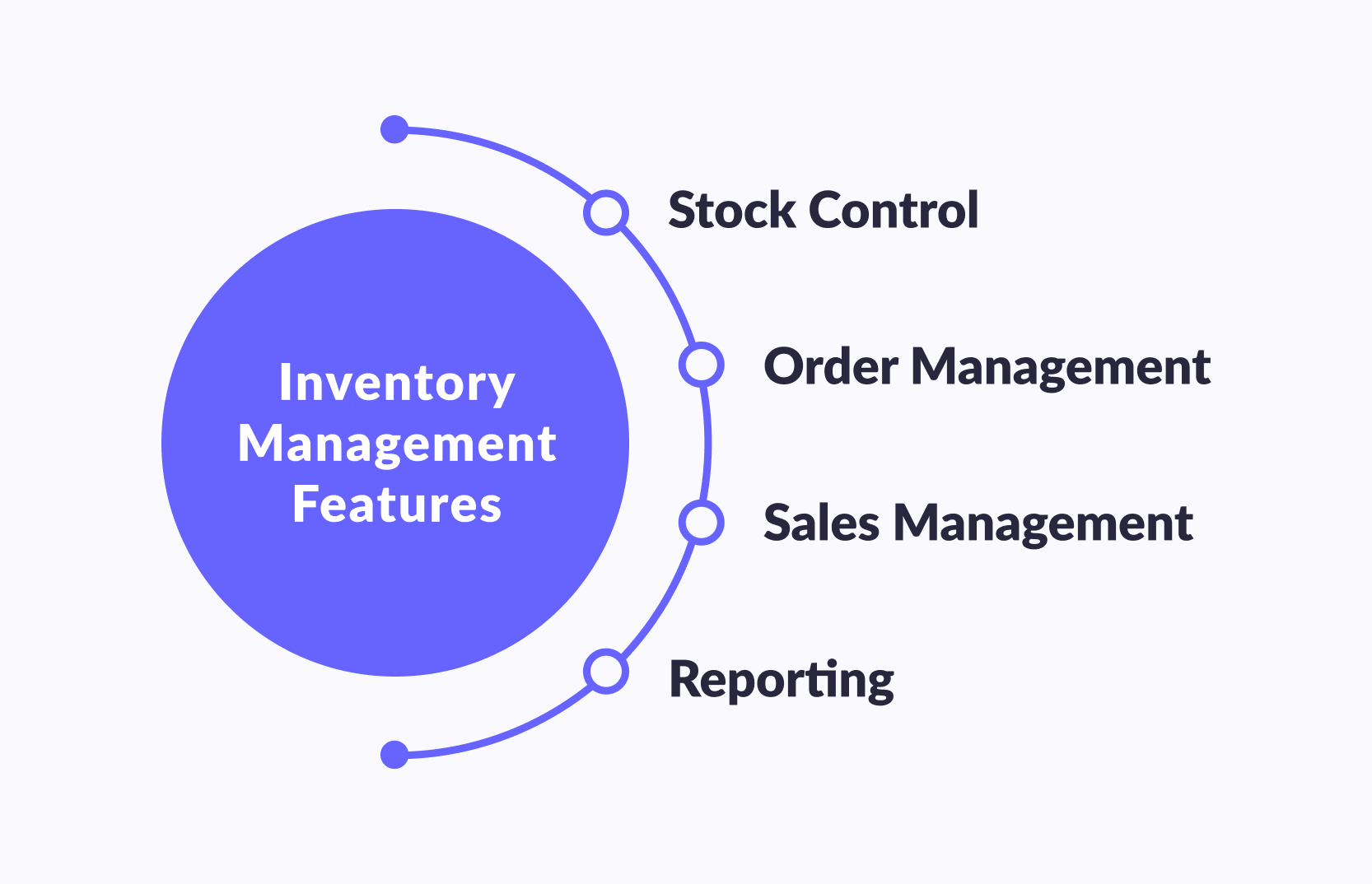
Developing IM software can be daunting, but it is essential to the success of your business. By properly managing your inventory, you can avoid lost sales, disappointed customers, and many other problems.
Inventory Management Capabilities
An IM system is a tool that helps businesses keep track of inventory levels, orders, and sales. It can also help automate and streamline these processes, making IM easier and more efficient for businesses.
There are many different features an online store can get with IM, but some of the most common and useful include the following ones.
1. Inventory control
This is perhaps the most important function of an IM system. This allows businesses to keep track of their inventory levels so they can order more when needed and avoid overordering.
2. Order management
Online store order management can also help businesses manage their orders more efficiently. This can provide businesses with an overview of all their backlogs so they can prioritize and manage them more efficiently.
3. Sales management
Another useful feature of an e-commerce IM system is sales management. This allows businesses to track their sales so they can see which products are selling well and which ones need more promotion.
4. Reporting
An IM system can also provide valuable reports to businesses. These reports can show companies how their inventory levels are changing, what orders are being placed, and how sales are progressing. This information can be used to determine stock levels, ordering, and promotions.
The functions of the IM software will vary depending on the software you choose. However, these are some of the more common and useful features you should look for.
When choosing an ecommerce inventory management solution, it is important to consider your specific needs. Not all businesses will need every feature available, so it's important to choose a system that has the features you need.
It is also important to consider the ease of use of the system. Some systems can be very complex, choosing one that's easy to use and understand is important.

By the way...
FacePay, IoT, VR, and More: Technologies That Change Retail
Technological solutions open up new opportunities for retailers. Implement them first with Geniusee.
Let's seeEcommerce Inventory Management Strategies
There are a number of different inventory management strategies that businesses can use, but not all of them are right for every business. The best inventory management strategy for your business will depend on several factors, including the size of your inventory, the products you sell, and how much you sell. The most important thing is to find a strategy that works for you and your business.
1. Reserve Audit
An inventory audit is a physical count of your inventory. This is an important first step in IM because you need to know exactly how much inventory you have on hand. The inventory audit can be done manually or with the help of inventory software.
2. Inventory Turnover
Inventory turnover is a measure of how often your inventory is sold. A high inventory turnover rate means your inventory sells quickly. This is good because it means you don't invest too much in inventory. Low inventory turnover may mean that you are not selling enough inventory or that you have too much inventory.
3. Just-in-time Inventory
Just-in-time is an IM strategy in which inventory is ordered and produced only as needed. This can help reduce your inventory costs because you don't have to pay to store inventory you don't use. Just-in-time inventory can be difficult to manage because you need to have a good forecast of future sales.
4. Inventory Control
Inventory control is the process of managing inventory levels. This may include setting minimum and maximum inventory levels and reordering inventory when levels get low. IM can help reduce inventory costs by ensuring you don't have too much or too little inventory on hand.
5. Cyclic Inventory
Cycle counting is an IM strategy in which inventory is counted on a regular basis. This can help ensure inventory levels are accurate and identify inventory issues at an early stage. Counting cycles can be time-consuming, but maintaining accurate inventory levels can be worth it.
6. FIFO and LIFO
FIFO and LIFO are inventory valuation methods. FIFO means that inventory is valued at the price of the most recent inventory purchase. LIFO means inventory is valued at the price of the oldest inventory purchase. These methods can affect the value of your inventory, so it's important to choose the right method for your business.

7. ABC analysis
ABC analysis is an IM strategy in which inventory is classified into three categories:
- The elements of A are the most important and receive the most attention,
- B elements are less important,
- The C elements are the least important.
This strategy can help ensure effective inventory management by allowing you to focus on the essential inventory items.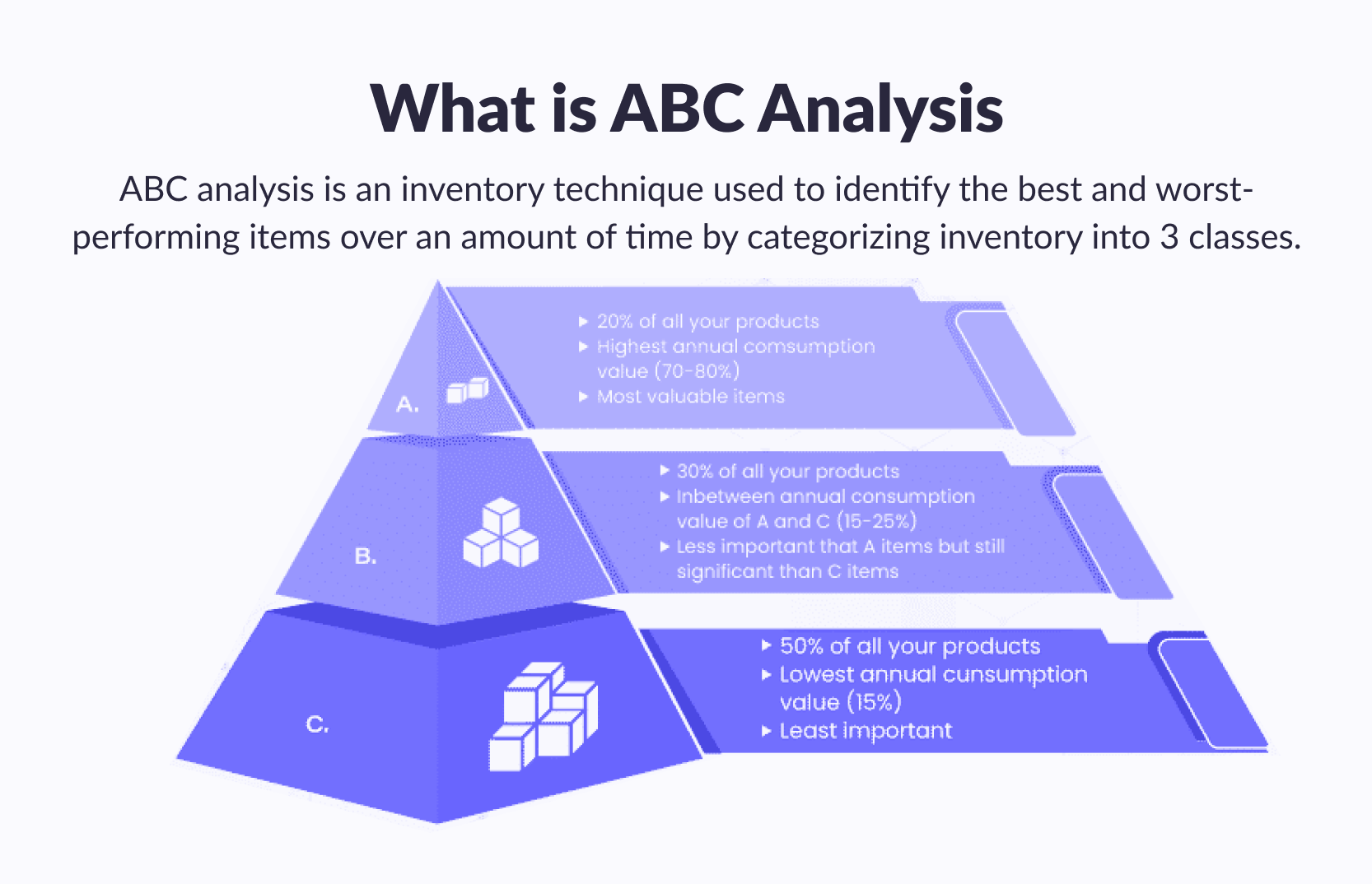
8 Benefits of Effective Inventory Management
Keeping track of your inventory is the foundation of your retail success. After all, at the most basic level, your job is to supply goods to meet consumer demand. You cannot do this without effective inventory management. Listed below are eleven major benefits of effective inventory management. Together they explain the importance of accurate real-time inventory tracking, which can be easily implemented with dedicated inventory management software.

Just a sec!
Internet of Behavior in Retail: full guide
Check it out - we've prepared a great hub for you with everything our experts gathered on how to properly use internet of behavior in retail.
I'm on it1. Less missed sales
If you don't keep an accurate inventory record, you may simply run out of stock, causing you to lose sales. Instead of relying on your memory or warehouse visits to decide what to reorder, use an up-to-date inventory report to:
- Quickly find out what items you don't have
- Monitor stock levels for items that sell well
- Order goods from suppliers and manufacturers until stocks run out
- Depending on which inventory management software you use, you can also set minimum levels for each item.
You can then view a list of items below that level and quickly place and submit new purchase orders.
2. The best investment of money
To be successful in retail, you need to invest your money wisely by buying the right amount of each item—enough to keep sales going and prevent shortages, but not so much that some items just sit on the shelf. Keeping accurate inventory records helps. You can quickly identify slow-selling items to flag them and get rid of them to free up cash for investment in new products, marketing, and more.
3. More accurate reports
Accurate Inventory Inventory reports allow you to get accurate inventory costs, which are necessary for the accuracy of multiple financial reports if you use sales cost accounting. This method associates a cost, which is directly related to the value of the product's assets, with each sale. This makes correct values critical to your balance sheet as well as your cost of sales and income statement, on which many management decisions depend.
4. Early detection of problems
If you keep a close eye on your inventory levels, you will notice problems immediately rather than months later during the annual cycle count, when discrepancies may have already cost you a lot of money. By constantly aligning sales and purchases with a carefully maintained inventory management system, you can avoid many problems.


Thank you for Subscription!
5. Satisfied customers
Accurate stock reports will also help you improve customer service. When customers say they haven't received any of the products they ordered, you should check your report and confirm that you have one more item in stock. Similarly, if you regularly monitor your inventory levels, you will be able to identify incorrect deliveries more quickly. And if your inventory management system is up to date with purchase orders, you'll be able to sell customers the items they need because you'll know more are coming soon. This kind of communication encourages your customers to trust you, which is valuable in these competitive times.
6. Efficient reordering
Reordering will be quick and easy if your reports show what items are available. When you are working with the correct stock quantities, and you reach the threshold, you will be able to initiate a new purchase order to restock your items and keep selling.
This means you can methodically work with your inventory methodically, making informed purchasing decisions, instead of physically checking your warehouse shelves to place a purchase order.
If your reports come from an advanced inventory management system, you can also see if you already have items ordered from a supplier and if your supplier has long lead times or irregular deliveries. This information is necessary if you want to control the reorder.
7. Reduce theft and loss
From theft to loss or damage, goods can be lost in a variety of ways. But if you manage accurate inventory levels, you can quickly spot problems. And while no one wants to think that their employees can steal from them, it pays to be vigilant. Showing your employees that you keep accurate records is a great way to prevent theft.
8. Reliable information systems
Running an efficient and profitable business is all about sharing and using accurate information, usually through an integrated software system. If your employees know that the item levels in your system are always up to date, they will trust the software and use it for all their tasks. And as a result, you will get cleaner data that will improve reporting, collaboration, and efficiency of the entire team.
5 Best Ecommerce Inventory Management Software
1. InFlow Inventory
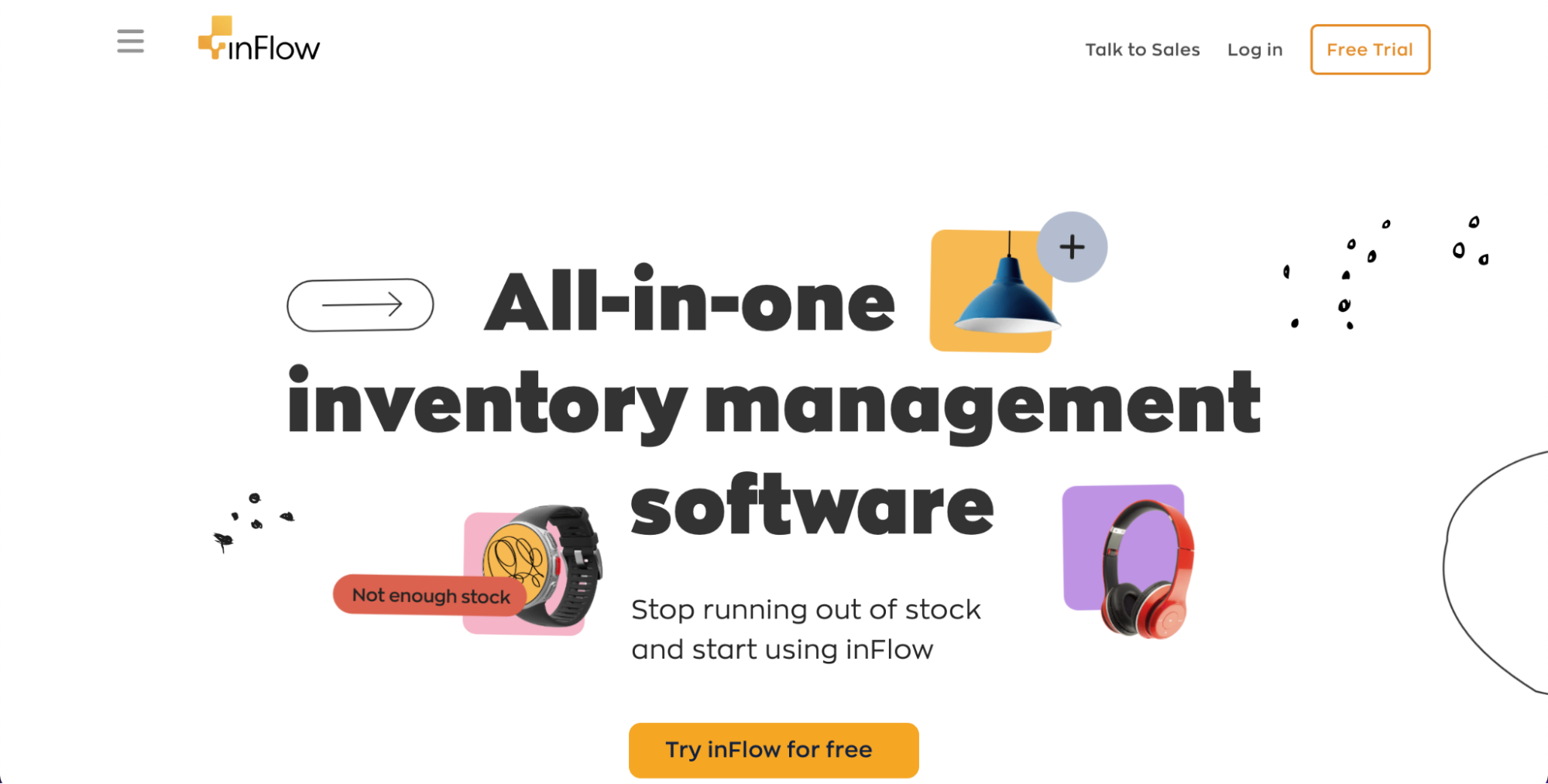
Country: Toronto, Ontario, United States
Year of foundation: 2007
Website: https://www.inflowinventory.com
Clients: Infogain Corporation, Micron Technology Inc, 3M Co, Blackfriars Group
Cost: 3 plans: from $79 to $439 per organization per month
InFlow Inventory is a useful program for small businesses and organizations to better manage their inventory, sales and purchases. The program is very easy to install, intuitive, and easy to use. With this solution, you will be able to better organize customer orders and easily invoice and print packaging labels, pick lists, etc., with minimal effort.
InFlow Inventory allows you to reorder your inventory from vendors and control your inventory with increased accuracy. Sales trend reports are also available. The program will significantly improve your company's operational efficiency and reduce inventory costs. In addition, the application comes with integrated accountability features for your employees. The application also supports networked computers and multiple users working together.
2. Zoho Inventory

Country: Pleasanton, California, United States
Year of foundation: 1996
Website: https://www.zoho.com/inventory/
Clients: Element., Boheco, Bear Knuckles, Les Voiles Max Marine, Medical Treatment Management Inc.,
Cost: 6 plans: from free to € 329 per organization per month
Zoho Inventory is a web application that helps small, and growing businesses manage their orders and inventory. With omnichannel selling, shipping integration, and powerful inventory management, users can streamline their inventory and order management, from purchase to packaging to payments. This app integrates with Amazon, eBay, Etsy, and Shopify so you can expand your selling options. It integrates with Zoho Books and Zoho CRM to unify front-end and back-end operations. There is also a mobile add-on that allows users to view real-time order status from anywhere.
3. Ordoro

Country: Austin, Texas, United States
Year of foundation: 2010
Website: https://www.ordoro.com/
Clients: WallsNeedLove, Mr. Davis, FashionJunkie4Life
Cost: 4 plans: from free to $999 per month
Ordoro is a time-saving inventory management software for small businesses that allows you to seamlessly manage your sales process. Supports dropshipping and handles all transactions related to it. Ordoto also offers unique features such as shipping label batch printing, bundle creation capabilities, barcode scanning, and more.
You can connect Ordoro to each of your sales channels, assign barcodes to SKUs, and issue unique purchase orders when your product starts to decline. Ordoro even automatically syncs and keeps track of your inventory updates for you. Ordoro is especially useful for businesses interested in dropshipping because it supports routing dropshipping requests to suppliers and allows dropshippers to complete their orders on a unique supplier portal.
4. Cin7
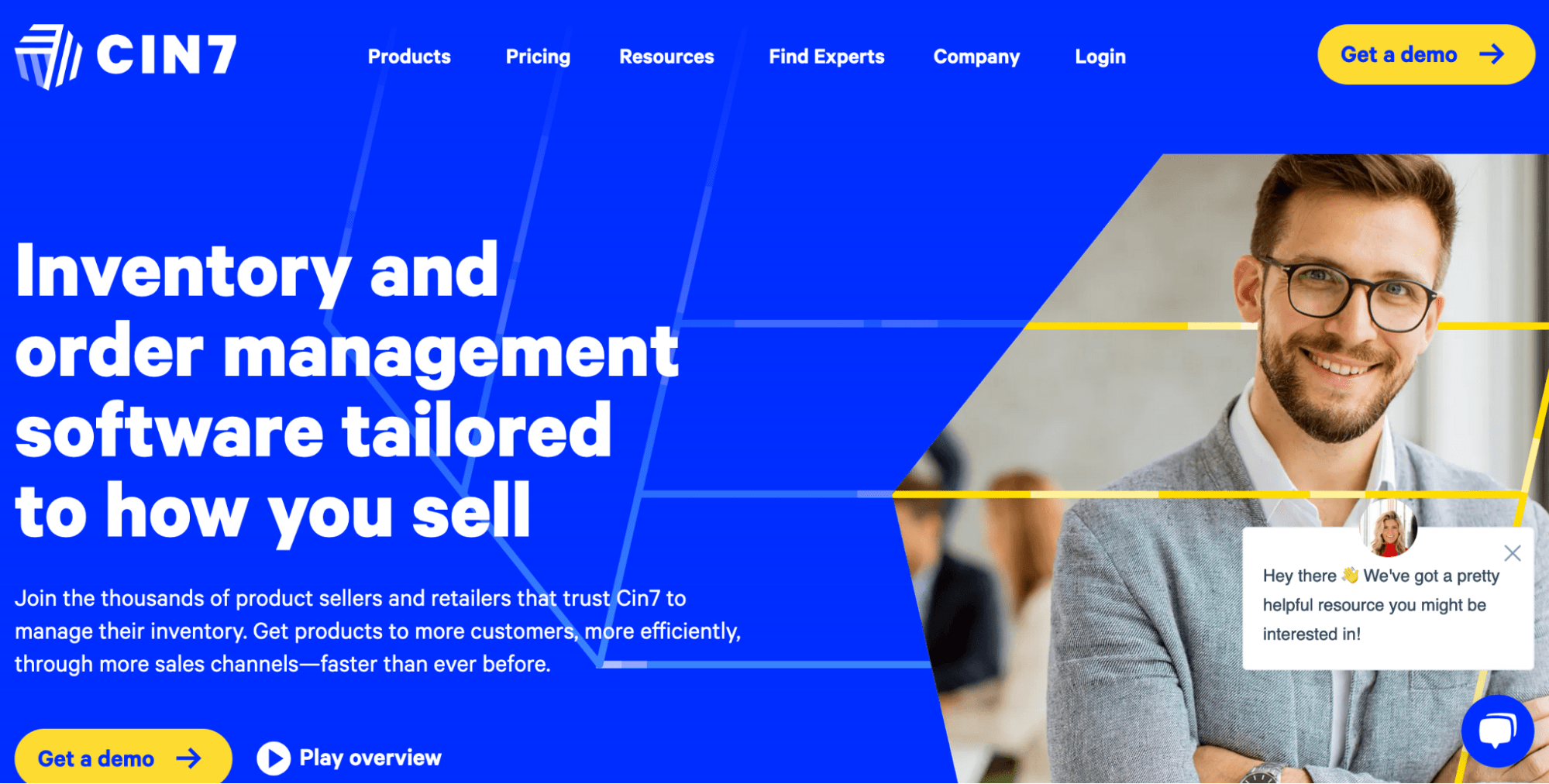
Country: Auckland, New Zealand
Year of foundation: 2011
Website: https://www.cin7.com
Clients: Yellow Earth Australia, Sagely Naturals, Anova Culinary, Meghan Fabulous
Cost: 4 plans: from $399 to $999+ per organization per month
CIN7 is another solution to save time on inventory management and inventory reporting. This inventory management software helps you quickly and efficiently track the life cycles of your products and ensures that you always reorder your most valuable products before they run out of stock. CIN7 simplifies inventory management, allowing small and growing brands to sell more products to customers around the world.
A free trial is provided to get started, and once logged in, you will find a complete inventory management environment where you can maintain inventory in line with your orders across all locations and distribution channels. CIN7 also provides access to multiple point-of-sale integrations, warehouse management tools, and unique automation features.
With CIN7, you can centralize everything from order workflows to inventory assets, warehouse locations, and various sales channels in a single solution.
5. Lightspeed
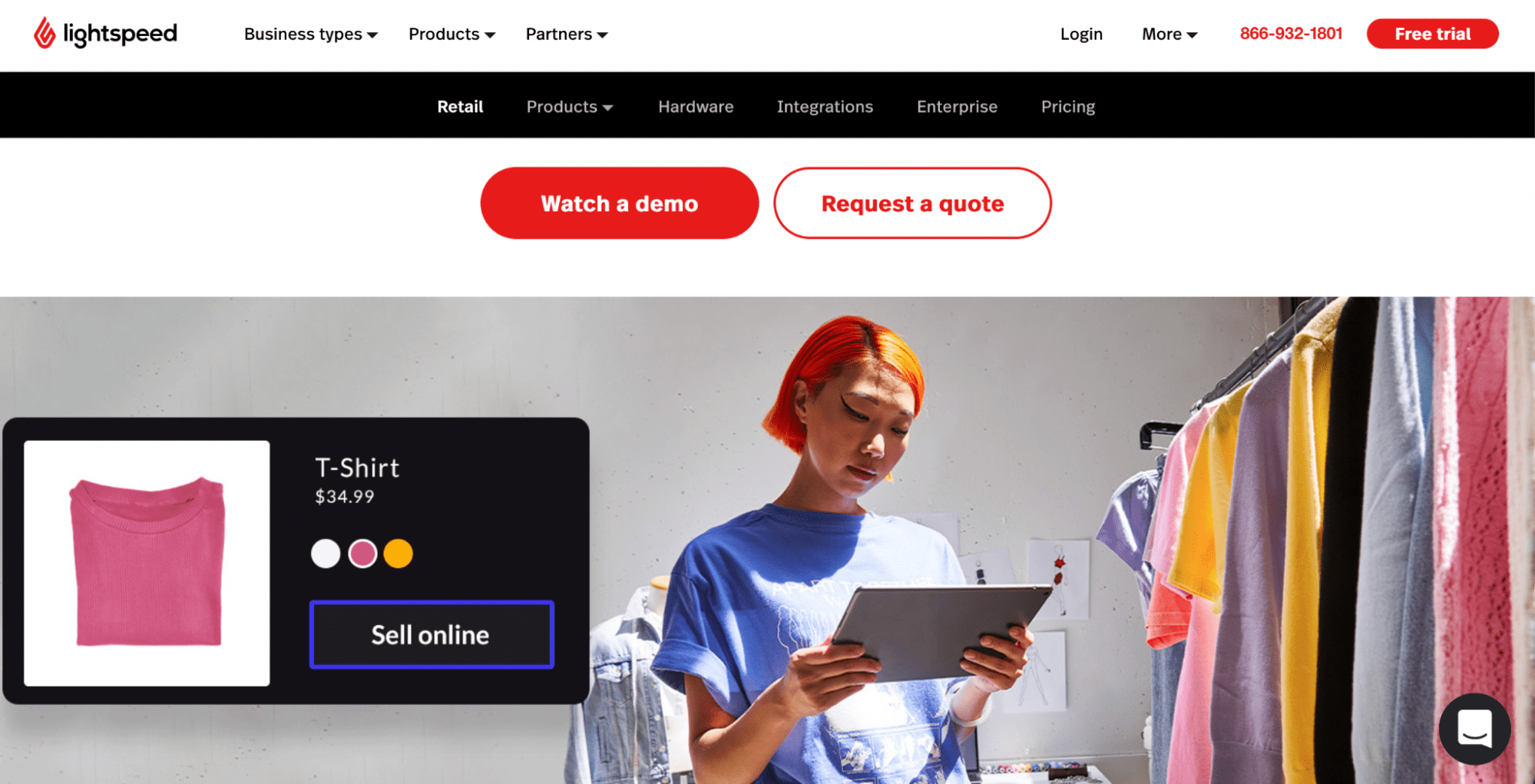
Country: Montreal, Quebec, Canada
Year of foundation: 2005
Website: https://www.lightspeedhq.com/
Clients: Sony, Goop, Five Guys,
Cost: 4 plans: from $99 to $229+ per organization per month
Lightspeed Retail is a cloud-based inventory management software built primarily to empower retailers. It helps retailers streamline inventory management by providing easy-to-use software capable of automating all inventory-related activities.
It is a versatile software that easily adapts to any product currently sold at retail. It will suit different areas — restaurants, retail stores, and a golf club.
The Lightspeed POS system provides a complete solution for all business needs in the area of payments and inventory management. If you run a restaurant, retail store, golf club, or anything else, you can use the Lightspeed POS system to manage this.
Latest release
Discover the newest retail tech trends in 2023-2025 analyzed by our top experts
Conclusion
Ecommerce inventory management is a vital part of a successful online business. An inventory management system can help you track inventory, manage orders, and meet customer needs more efficiently.
The developed inventory management software by Geniusee team can help you streamline these processes and provide you with the tools you need to keep your business running smoothly. Contact us today to learn more about our inventory management solution development services and how we can help you grow your business.





















